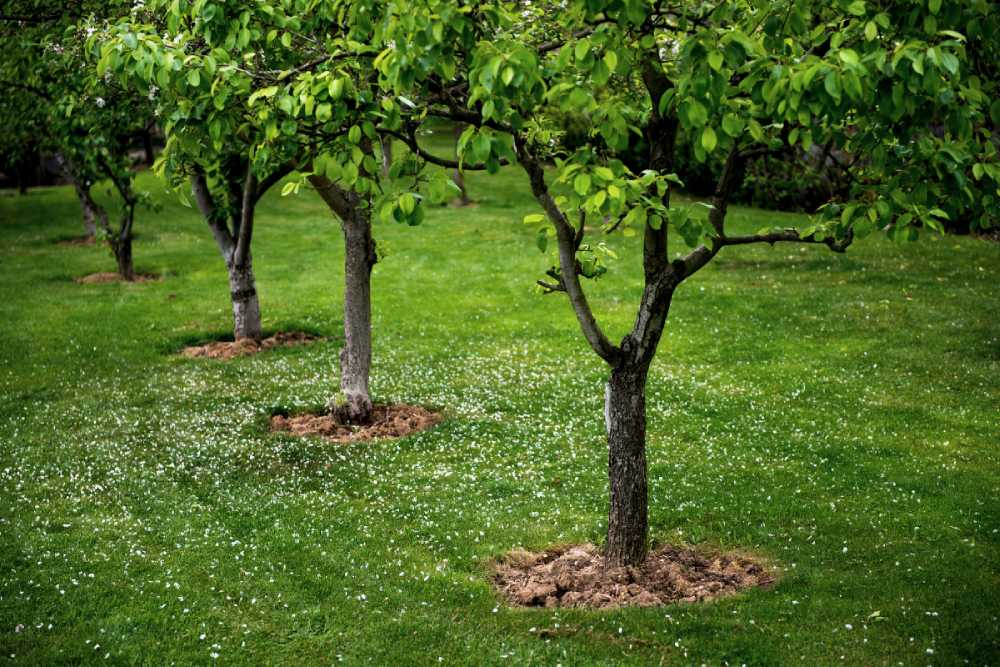
Georgia-based tree service experts say that lack of growth may be due to lack of proper care or due to age of the tree.
Reasons Behind Slow Tree Growth and Encouraging Tree Care
Solutions
If you have purchased a tree and followed the planting instructions, it can be frustrating when you do not see the growth result you were expecting. Was it a poor quality tree or didi it get damaged in shipping? Both of these could be factors, but there are many reasons for a lack of growth in trees. This article will discuss what factors are outside the homeowner’s control and those that are in the homeowner’s control and what to do about your tree.
Growth Factors that Cannot Be Changed
Different species of trees grow at different rates and live for vastly different lengths of time. Though a homeowner controls what type of tree they purchase, they can do little to change the average growth rate or total expected lifespan of the tree. A tree can be nourished well and encouraged, but it is not going to greatly exceed the expected growth for its species. Some of the other factors that contribute to encouraging growth or inhibiting growth are listed below.
- Climate preference of a tree species cannot be affected. It will grow best within its prescribed hardiness zone.
- Soil composition can be affected to a certain extent, but it cannot be changed into something it is not.
- Age of the tree is a factor in growth. Older trees grow more slowly than younger trees.
- Damaging environmental factors such as storms and wildfires are certainly beyond human control.
These factors will contribute to what will thrive in your yard and what will not and you must choose trees that work with the factors you have at your disposal.
Growth Factors that Can Be Changed
Though there may seem to be many factors beyond your control, there are many things that you as a homeowner can do for your tree to increase growth. Proper tree health care involves not only watering and fertilizing, but knowing when to do it and how much to use.
- Watering: Over-watering is actually a common mistake that can hinder tree growth. This is because the roots need time to absorb water and need access to oxygen as well. Watering too fast can overwhelm the trees as well as the fact that the extra dampness can promote mold growth. Water every two weeks with a soaker hose after testing the moisture in the soil.
- Mulch: Organic mulch such as wood chips help replace nutrients in the soil and protect against temperature extremes, but too much can smother roots and encourage pest infestation. Mulch should never be on the root crown and should be no thicker than 4 inches deep. Arrange mulch in a ring shape over the roots.
- Fertilizer: Fertilizer is another way to add nutrients to the soil. It can harm young trees that have not fully established themselves after being transplanted. It is best to test soil before using fertilizer so you know what you need.
Consulting with an Arborist and Other Tree Service Company Professionals
When it comes to having the best possible outcome for your trees, the best method is to talk to a professional. A certified arborist and their team can do everything from tree trimming, tree pruning, and tree risk assessment to treating tree disease and tree removal. Don’t forget that landscaping is part of their job as well.
About Boutte Tree, Inc.
Boutte Tree, Inc. is committed to the propagating and caring for the urban forest of Atlanta, GA and the surrounding communities. Call them today for a free quote.
